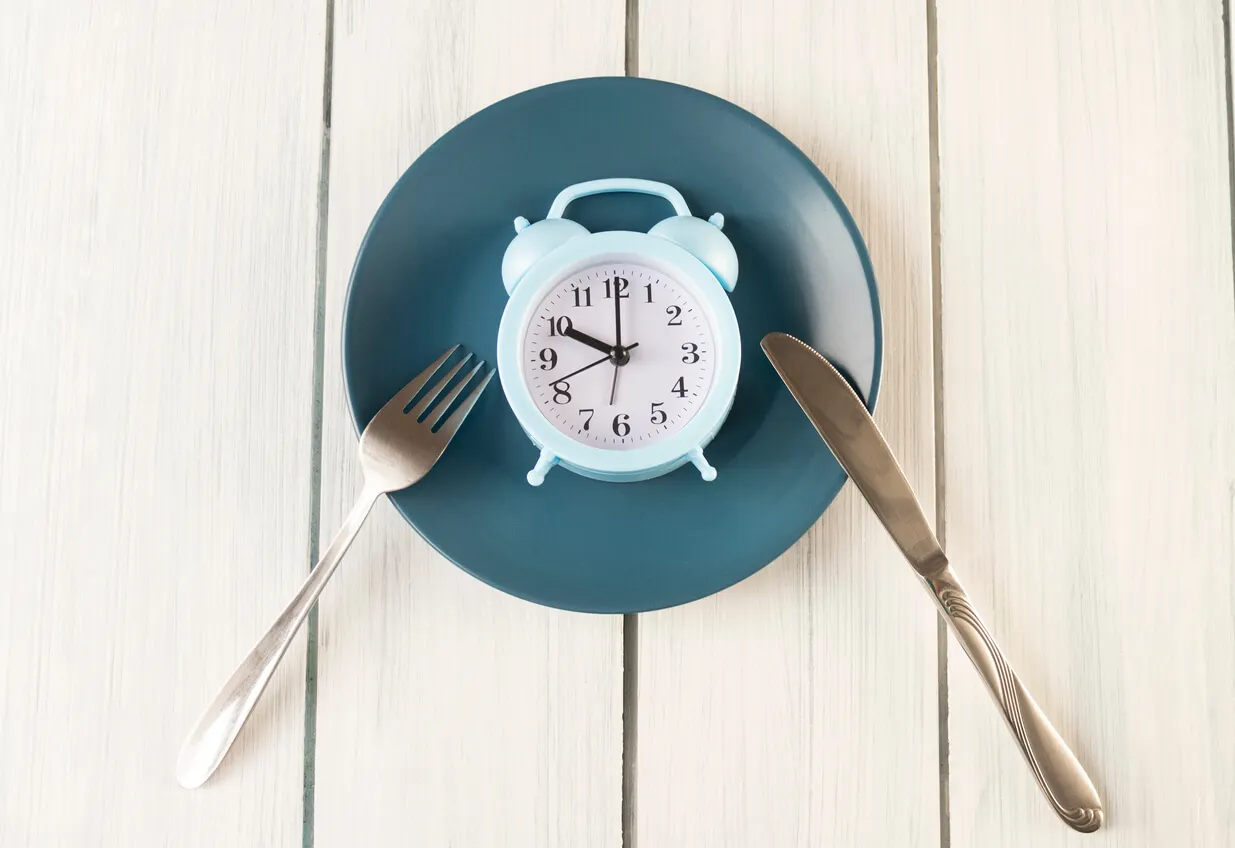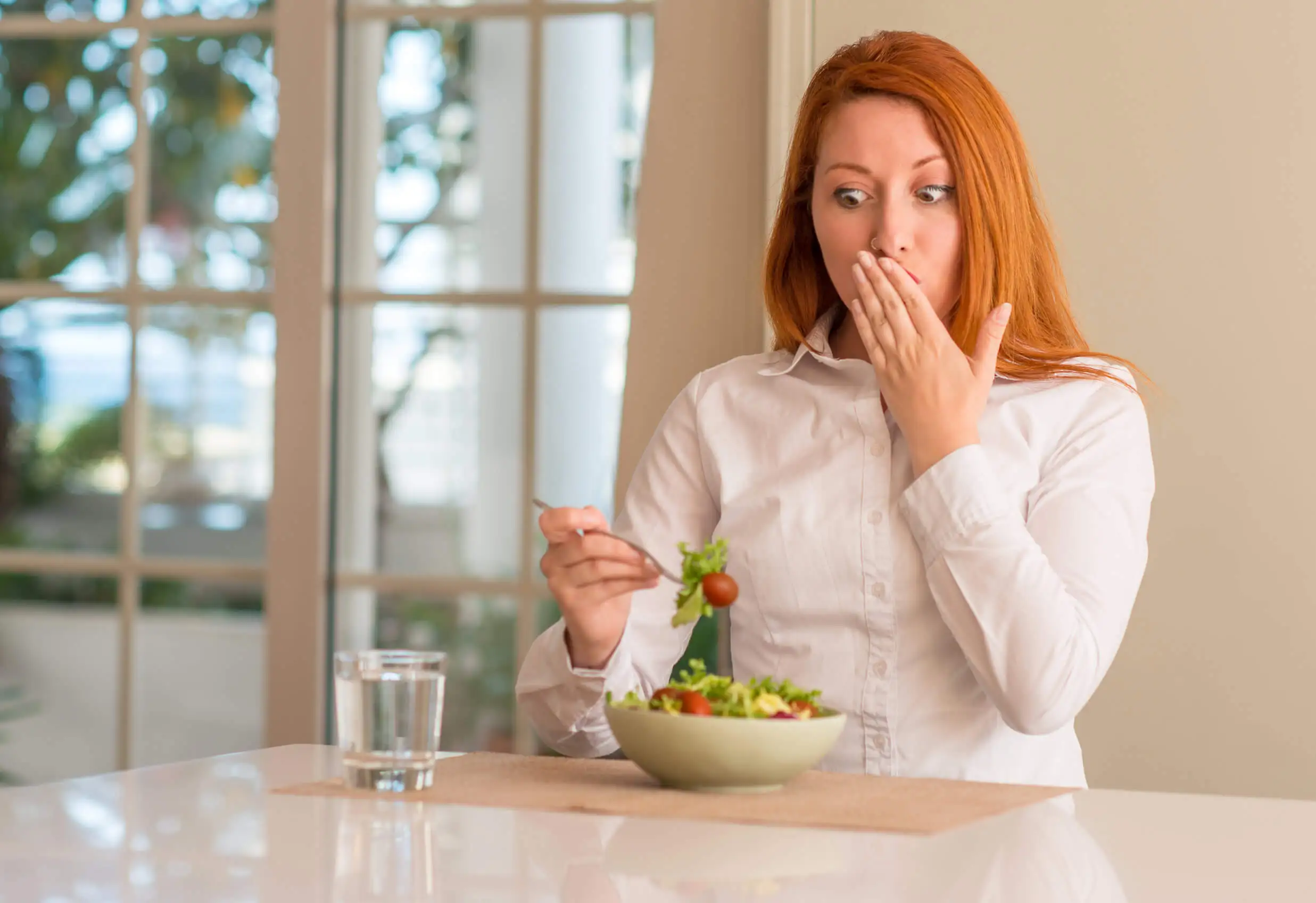The ProLon Diet: What Is It and What Are Its Benefits and Disadvantages?


Written and verified by the nutritionist Maria Patricia Pinero Corredor
The ProLon diet is also known as the “anti-aging diet.” Its creator, Italian biologist Valter Longo, claims that this diet can help you to live for a long time in good health. Specifically, it mimics fasting and allows cells to benefit from eating a limited and specific amount of certain foods.
This not only promotes cellular repair, but also increases energy levels, weight loss, and rejuvenation. Although it’s not suitable for some people, it can have interesting benefits for others. Do you want to know more about its advantages and disadvantages? In the following article, we’ll take a look at it in detail.
What is the ProLon diet?
The ProLon diet was created by an expert aging researcher and director of the Longevity Institute of the University of Southern California, the Italian biologist Valter Longo. From his studies, he proposed an eating plan that mimics fasting without the need to omit food.
It’s also known as the ‘Fasting Mimicking Diet.’ It’s a very particular form of fasting, as it allows you to eat certain foods. Through them, nutrients are provided to the cells, and metabolic balance is supported.
Thus, some risks of extreme fasting are avoided, such as fatigue, low productivity, low blood pressure, and low sugar levels. But how can fasting be achieved with food?
Well, the ProLon diet incorporates low glycemic carbohydrates, healthy fats, and limited vegetable protein, combined with caloric restriction. This way, the cells believe they’re not being nourished, and the anti-aging pathways that repair and regenerate tissues are activated.
The plan is timed for 5 days per month for 3 months. On the first day, 1100 calories are provided, and on the remaining 4 days, you consume 800 calories. It’s a regimen where the intake of fruits, nuts, vegetables and tea predominates.
Based on the places with the highest life expectancy in the world, such as Okinawa, Japan, it’s recommended to fast twice a year and follow the following lifestyle:
- Drink a glass of wine a day
- Avoid fats and sugars
- Drink 2 or 3 cups of coffee
- Drink enough water
- Eliminate meat and eggs
- Perform moderate exercise, such as brisk walking or climbing stairs
An important thing to consider about the ProLon diet is that it’s designed and based on people without any special disease or medical condition.

We think you may also enjoy reading this article: 4 Great Healthy Recipes to Include in Your Weekly Menu to Reuse Leftovers
The possible benefits of the ProLon diet
Some research on the ProLon diet has given interesting results about its health benefits. We’ll discuss them below:
- A study in which ProLon was applied 5 days a month for 3 months found that people who followed it lost body weight and abdominal fat. Meanwhile, their lean muscle mass was maintained, while their blood pressure and cholesterol decreased.
- The same study concluded that this diet is safe, feasible, and effective in decreasing markers and risk factors of aging, as well as age-related diseases.
- Other research published that this type of diet decreases blood sugar, insulin and insulin-like growth factor I (IGF-I). When IGF-I is elevated, it’s linked to an increased risk of developing cancer.
- Meanwhile, another group of experts also supported this finding. In turn, they found a regeneration of the stem cell-based immune system after practicing the diet.
Other diets that apply prolonged water-only fasts prove difficult to adhere to and yield many adverse effects. While part of the science points out that the ProLon diet minimizes the risks of these effects and decreases the previous dysfunctions.
The disadvantages of the ProLon diet
When analyzing the ProLon diet, we realize that it’s not an individualized plan and, therefore, it doesn’tt work for everyone. In addition, it doesn’t bear in mind certain health conditions for applying it.
Once the diet kit is obtained, a consultation with a nutritionist or nurse practitioner occurs as part of the program. However, this is not done before starting the plan.
On the other hand, the elimination of certain foods such as meat and eggs decreases a person’s intake of high-quality protein. The consumption of bioavailable iron, vitamin B12, and phosphorus, among others, is also affected. For this reason, any nutritional deficiency should be closely monitored.
The recommendation on the consumption of wine and coffee – regardless of age or physiological condition – is taken lightly. In addition, a study certifies that it’s healthier to take resveratrol (the main active compound present in wine), instead of the alcoholic beverage itself.
The type of exercises recommended should also be reviewed, since not everyone is suitable for fast walking or climbing stairs. There are other types of workouts that adapt to the needs and conditions of each individual.
As for caloric restriction, consuming 800 calories for 4 days is not at all encouraging. Recently, in the Revista Argentina de Endocrinología y Metabolismo, they clarified that certain diet programs on the Internet don’t have an adequate follow-up, nor do they follow the studies carried out by science.
This characteristic is inclined to the so-called “miracle diets,” especially when they claim to increase life expectancy up to 100 years of age. On the other hand, the ProLon diet markets certain standard products for the 5-day fast, with no major variations on them.
It also emphasizes that fasting should be done at least two times a year in order to obtain good results. Marketing is another common feature of miracle diets.
Like this article? You may also like to read: 5 Recipes from the Mediterranean Diet to Help You Lose Weight
What is included in the ProLon Day 1-5 plan?
The plan includes a kit of 5 small boxes with a menu card, one pertaining to each day and containing all the allowed foods. In total, there are 73 plant-based ingredients, which can’t be changed in the order of the days. The foods are as follows:
- Instant dry soup mixes, to which water must be added and heated
- Kale flax crackers
- Nut and cocoa bars
- Bags of olives
- Omega-3 supplements, such as algae oil
- A multivitamin and mineral
- Herbal teas
- A bottle of water to make a flavored drink containing glycerol
The drink with glycerol is prepared from day 2 to day 5, with the aim of giving a feeling satiety. There’s also a section of questions on the website of the brand in which certain indications are given as follows:
- Drink a cup of black coffee a day
- Put a slice of lemon in your water
- Plain sparkling water is acceptable
- Add a teaspoon of herbs to soup

Is it advisable to follow the ProLon diet?
There’s no doubt that diet is one of the most influential factors in health, quality of life, and aging. Therefore, a diet based on balance, quality, and quantity of nutrients adds up to good health from an early age.
In addition, a good lifestyle combined with the consumption of natural, unprocessed, and whole foods and daily exercise can increase years of life without the need for restrictive diets. However, as a recommendation, the ProLon diet should be followed by medical professionals and nutritionists. They should evaluate whether or not such a diet plan is relevant for you according to health and physical condition criteria.
All cited sources were thoroughly reviewed by our team to ensure their quality, reliability, currency, and validity. The bibliography of this article was considered reliable and of academic or scientific accuracy.
- Junko Takahashi. El método Japonés para vivir 100 años. Editorial Planeta. Primera edición. 2017. Disponible en: https://www.planetadelibros.com/libros_contenido_extra/35/34843_El_Metodo_Japones.pdf
- Brandhorst, S., Choi, I. Y., Wei, M., Cheng, C. W., Sedrakyan, S., Navarrete, G., Dubeau, L., Yap, L. P., Park, R., Vinciguerra, M., Di Biase, S., Mirzaei, H., Mirisola, M. G., Childress, P., Ji, L., Groshen, S., Penna, F., Odetti, P., Perin, L., Conti, P. S., … Longo, V. D. (2015). A Periodic Diet that Mimics Fasting Promotes Multi-System Regeneration, Enhanced Cognitive Performance, and Healthspan. Cell metabolism, 22(1), 86–99. https://doi.org/10.1016/j.cmet.2015.05.012
- Lee, C., Safdie, F. M., Raffaghello, L., Wei, M., Madia, F., Parrella, E., Hwang, D., Cohen, P., Bianchi, G., & Longo, V. D. (2010). Reduced levels of IGF-I mediate differential protection of normal and cancer cells in response to fasting and improve chemotherapeutic index. Cancer research, 70(4), 1564–1572. https://doi.org/10.1158/0008-5472.CAN-09-3228
- Cheng, C. W., Adams, G. B., Perin, L., Wei, M., Zhou, X., Lam, B. S., Da Sacco, S., Mirisola, M., Quinn, D. I., Dorff, T. B., Kopchick, J. J., & Longo, V. D. (2014). Prolonged fasting reduces IGF-1/PKA to promote hematopoietic-stem-cell-based regeneration and reverse immunosuppression. Cell stem cell, 14(6), 810–823. https://doi.org/10.1016/j.stem.2014.04.014
- Juan Gambini, Raúl López-Grueso, Gloria Olaso-González, Marta Inglés, Khira Abdelazid, Marya El Alami, Vicent Bonet-Costa, Consuelo Borrás, José Viña. Resveratrol: distribución, propiedades y perspectivas. Revista Española de Geriatría y Gerontología. 2013. Vol. 48. Núm. 2. Páginas 79-88. DOI: 10.1016/j.regg.2012.04.007
- MEJÍA MG, VERONESI LA ; MALDONADO AL , FUENTES RH. Dietas restrictivas ¿realmente son lo que prometen? REV ARGENT ENDOCRINOL METAB. 2021; 58 #2. Disponible en: http://www.raem.org.ar/numeros/2021-vol58/numero-02/raem-58-2-37-45.pdf
This text is provided for informational purposes only and does not replace consultation with a professional. If in doubt, consult your specialist.








